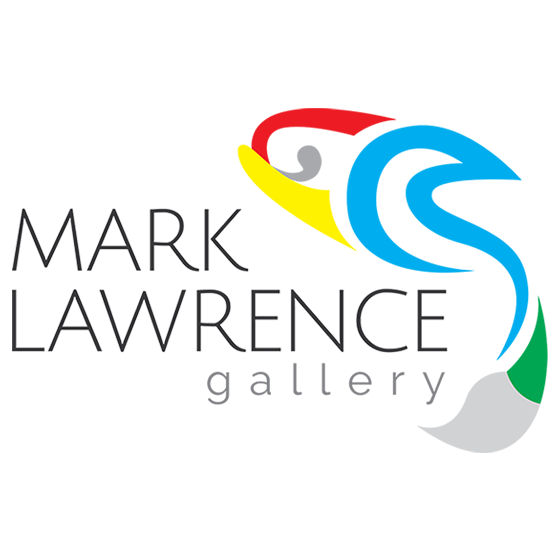Care of Your Fine Art Giclees
Mark Lawrence Gallery takes great pride in producing fine art for our collectors. These care instructions are designed to provide basic guidelines that will help you to care for your fine art giclees. Your purchase is an investment that we want your family to enjoy for generations. Please read the following guidelines carefully.
Fine Art Conservation and Care
-
General Care: As with any valued fine piece, it is recommended that fine art prints be displayed in indirect lighting conditions and away from any contact with moisture. High humidity, airborne dust, solvents, adhesives, smoke (including tobacco), and other similar contaminants can permanently damage your print.
We recommend hanging your artwork in a low traffic area to reduce the risk of physical damage by passers-by. Hang your artwork at an elevation out of the reach of young children.
Do not expose your printed artwork to heat. Giclee inks can be sensitive to heat.
-
Handling: To avoid damaging the printed image, never place giclees face down on any object or surface. While in storage, do not place objects on top of the artwork. Keep handling to a minimum when during the hanging process and hold your print only from the sides. Fine art papers can scratch easily, so be very careful to avoid scraping anything across the surface of the print.
-
Cleaning: Never wash a giclee with water, damp cloths or solvents. For cleaning we recommend using a clean, white, dry, soft lint-free cloth to gently wipe off dust and/or dirt. Using a white non-colored cloth will allow you to see when dust has been collected.
To avoid staining the giclee, do not clean with a dirty or dark colored cloth. For canvas giclees only it is acceptable to gently wipe the printed surface with a soft white cloth that has been dampened with water. It is recommended to only do this when necessary.
-
Giclee Prints on Canvas: When stretching canvas prints, never steam the back of the canvas with an iron to remove wrinkles. This can cause your image to yellow and if not properly dried, can allow fungus to grow.
Stretcher bars are typically made of wood. The different types of wood can range from fir to pine. The bars are used to form a rectangular or square support over which the canvas is stretched. Cross braces may be used for added frame support and to help prevent bending and warping.
Use rounded-edge stretcher bars to allow the canvas to roll over the canvas rather than crease over a sharp edge. Rounded edges also help reduce surface friction and allow for a more uniform and tighter draw. This will also help to reduce sagging of the print in the future. Changes in relative humidity and temperature can cause sagging, even to originals.
-
Lighting: It is recommended that you never display giclee prints in direct sunlight. At present only our canvas products come with UV protective coatings. Less light means less fading from harmful ultraviolet rays.
-
Storage: Store your canvas giclee in an environment controlled for both humidity and temperature. Ideal environmental conditions are 70 degrees and 55% humidity. High humidity can cause yellowing.
Keep all giclee prints away from solvent-based materials such as oil paints and linseed oil, as the vapors can cause yellowing. Stretched pieces should be stored upright, not stacked and all prints should be interleaved with archival paper dividers and never stored with any weight on top of them. Avoid tape coming in contact with the coated print as it can peel. Do not store embellished prints in plastic bags.
This extra care given will allow you to enjoy your purchase for many years to come.
